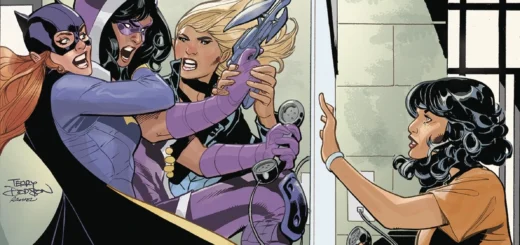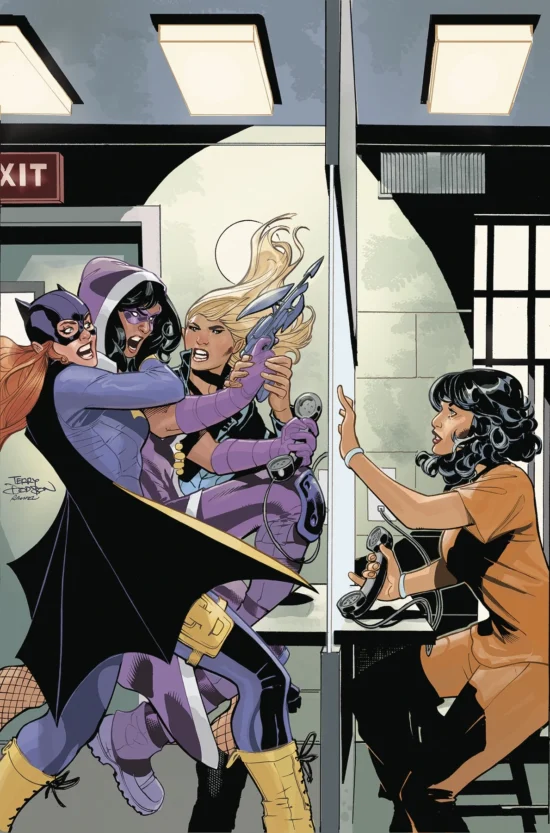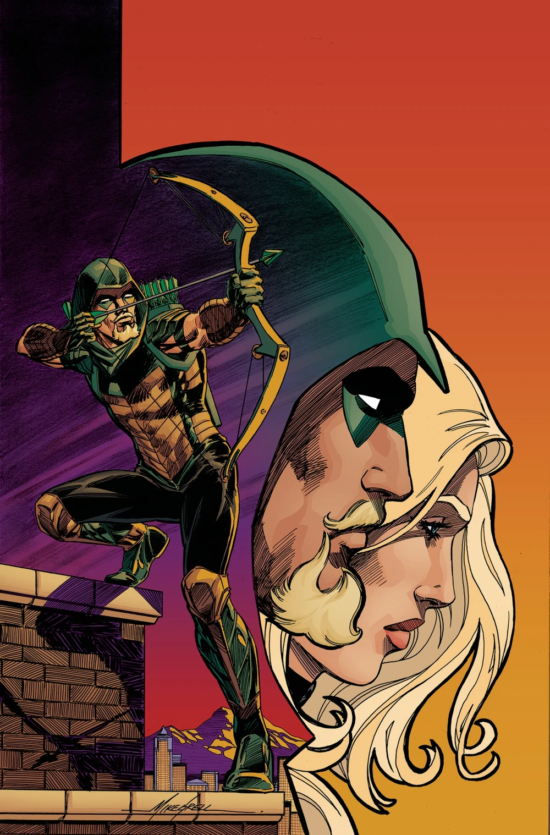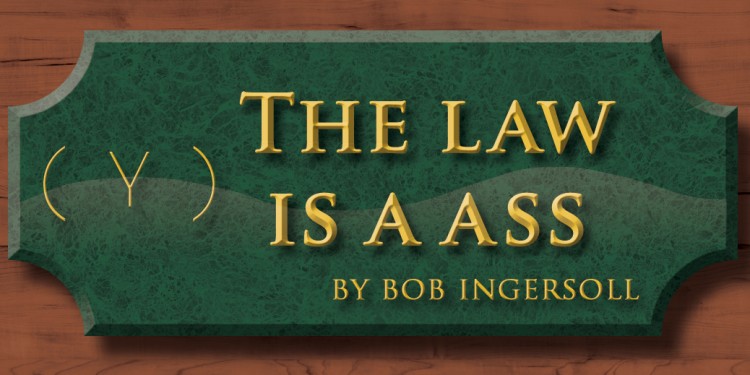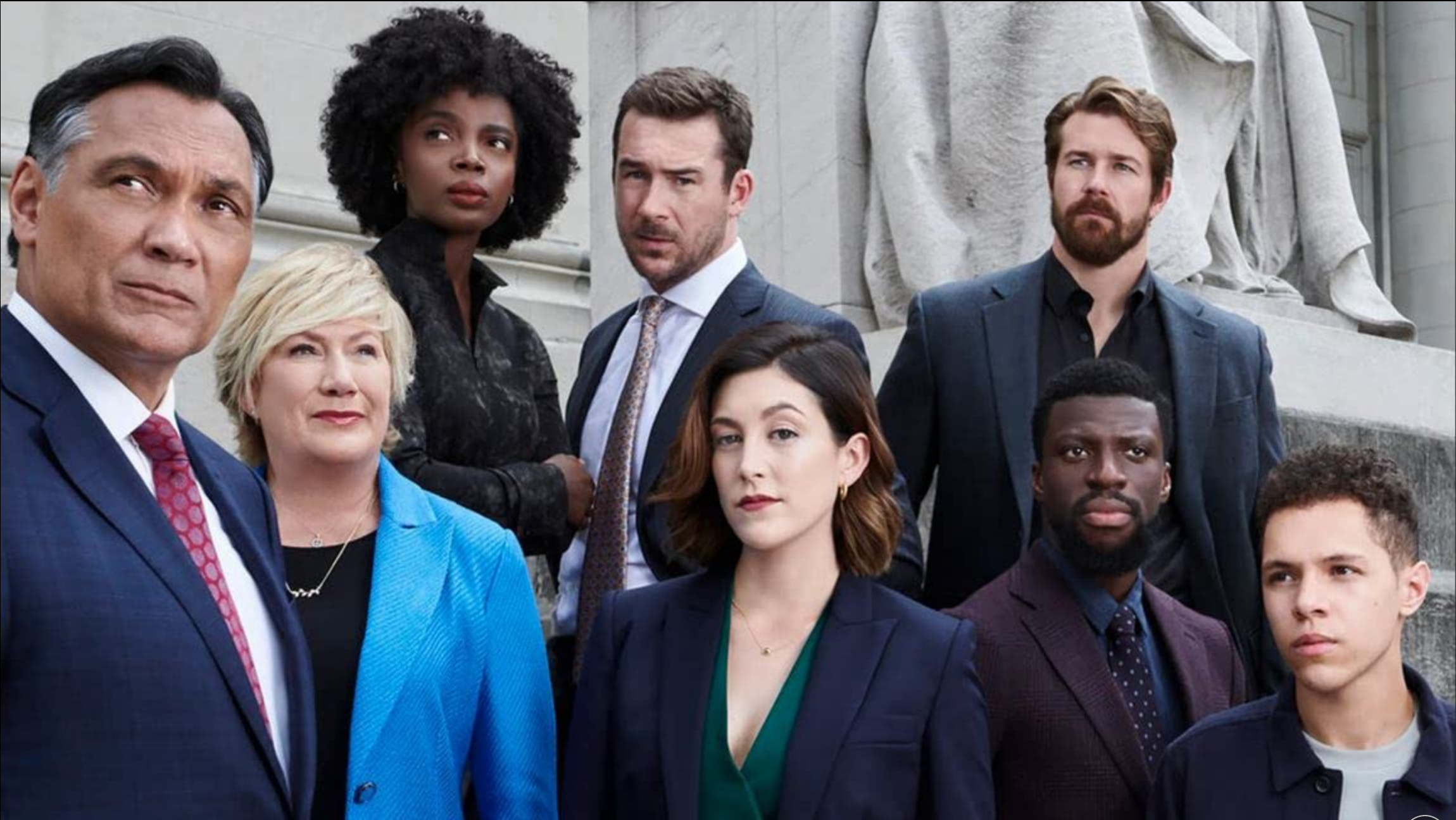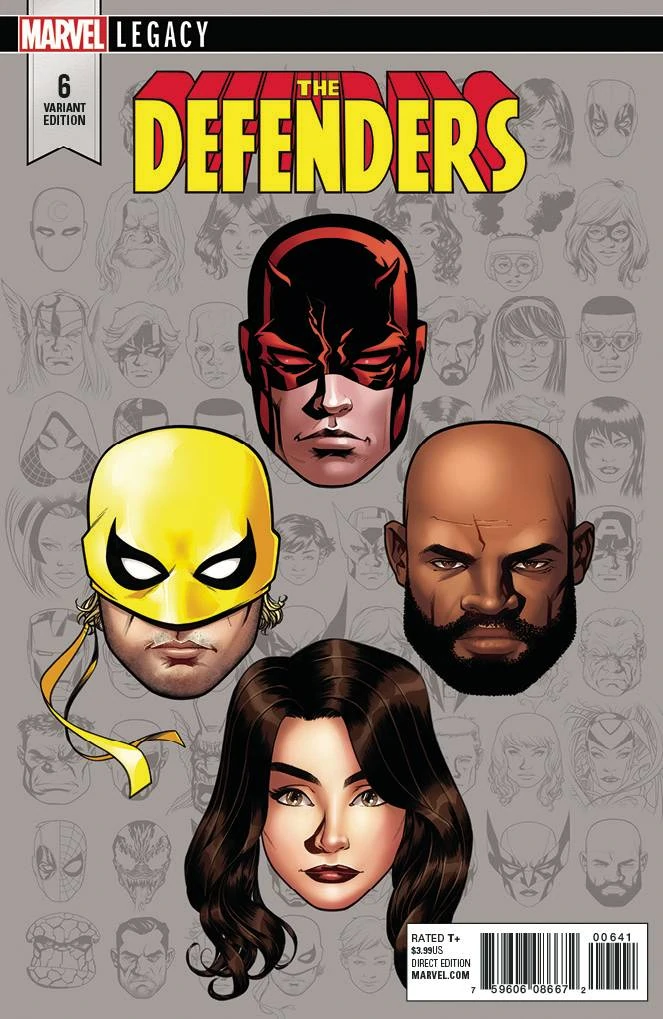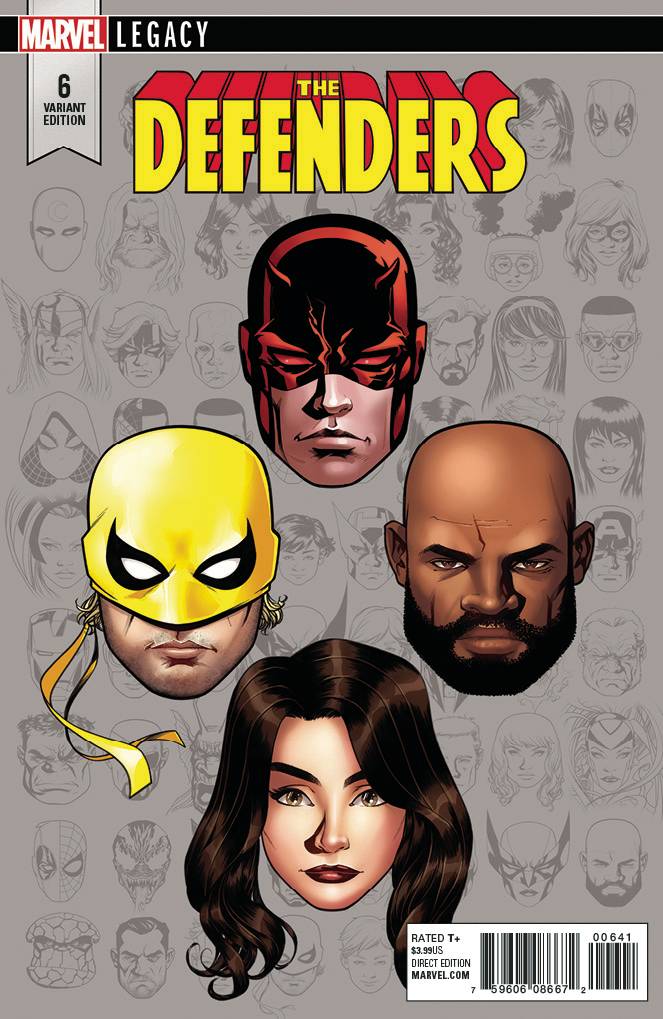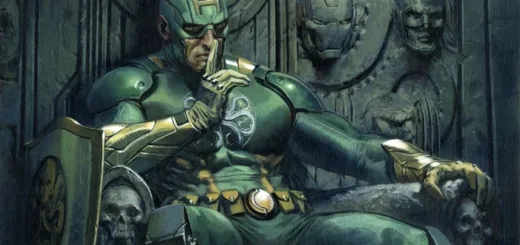The Law is a Ass #463: Sherlock Takes the Law for 2000
What do I have to say about a Sherlock Holmes story that’s hard to swallow? That’s alimentary, my dear Watson. I say:
“The Adventure of the Innocent Murderess,” the June 30, 1947 episode of the radio show The New Adventures of Sherlock Holmes, was a gripping tale of murder and intrigue. Gripping because it was a fevered mess.
The episode involved Igoru Priscop, an official of the People’s Party of the European country of Grotznia, a fictional country that, like most fictional European countries, was smaller than Liechtenstein but bigger than a bread box. The People’s Party of Grotznia had been deposed by the Royalists. Now the International Committee of Power was meeting in the Hague to decide whether the Royalists or the People’s Party were the rightful rulers of Grotznia. Where did The International Committee of Power meet, the International House of Pancakes?
Priscop was in London to meet with exiled leaders of the People’s Party. Because Royalists dominated the Grotznian, Priscop had to keep his presence in London a secret. Sherlock Holmes agreed to shelter him in 221b Baker Street.
While hiding in Baker Street, Priscop ordered some wine. After it was delivered, Priscop proceeded to drink it. While he did, tragedy struck. Tragedy and a bullet. A young woman stormed into Holmes’s flat and shot Priscop. Priscop was dead.
Shortly thereafter, the Hague ruled the People’s Party was always the rightful government of Grotznia. Because Priscop was dead, Carlo Tarfush of the People’s Party became the Grotznian ambassador to England. Tarfush’s fiancée, Ladri Mikelto was the young woman who shot Priscop, which, we learned later, she did to insure her fiancé would become ambassador.
During Ladri’s trial, defense counsel produced evidence that Priscop had died of cyanide poisoning, which had gone undetected, because everyone assumed he died of gunshots so didn’t look for poison. (Or so the story said. I can’t think of a way to explain the unprofessional gaff of a coroner who didn’t perform a complete autopsy. Seems a little slipshod tomb me.) Anyway, Ladri was found not guilty.
After the trial, Tarfush challenged Holmes to discover the real murderer or become the laughing stock of England. (By the way, what is a laughing stock anyway, a soup base prepared from hyena meat?)
Holmes tested a wine stain left in his flat and found it contained cyanide. No one could have doctored the wine after it was delivered, so he tracked down the boy who delivered the wine. The delivery boy told Holmes that a woman, one the boy later identified as Ladri, approached him and offered to buy him a cake in a nearby tea shop. Holmes deduced that while there Ladri switched the original wine bottle for the one she had doctored with cyanide.
Holmes confronted Ladri with his proofs. She freely admitted her guilt. Then she gloated that under England’s double jeopardy law, she couldn’t be tried for murdering Priscop a second time.
Holmes brooded and thought and read. Then he had the solution to the problem.
At a formal party in the embassy, Holmes accused Ladri. He reminded everyone that the Hague had ruled the People’s Party was always the rightful ruler of Grotznia. So when he and Watson were harboring Priscop, their lodgings at 221b Baker Street became the true Grotznian embassy. Holmes also pointed out that embassies are extra-territorial and anyone in the Grotznian embassy was on Grotznian soil, not British soil. So any crime committed in the embassy was subject to Grotznian law, not British law. And, as Grotznia didn’t recognize double jeopardy, Ladri could be tried for murder a second time in Grotznia.
But when Ladri switched wine bottles, she was in a tea shop not in 221b Baker Street. So when she committed her crime, she wasn’t in the Grotznian embassy, she was firmly on British soil. After all, can anything be more firmly British than a tea shop? That means British law and it’s annoying double jeopardy rule would apply to her crime. You may wonder, was Holmes correct. Or was he talking through his deerstalker?
Despite this apparent flaw, I can think of a way to get Holmes out of this Inver-mess he was cloaked in. Two, actually, and I won’t even charge him extra for the second one. Sherlock-y for him that I happened along.
Yes, Ladri switched the wine bottles in a tea shop, but she performed another key part of her plan in 221b Baker Street, shooting Priscop. Ladri shot Priscop to obscure the cause of death and keep the coroner from checking for poison. If the police knew Priscop was poisoned, they would realize the poison came from the wine bottle and trace the poison back to her. So, the shooting was a key part of her plan, both because it kept the police from looking for poison and because it set up her double jeopardy plot and the shooting was committed in 221b.
Ladri could be tried in any jurisdiction where an important step of her murder occurred. In England, where the tea shop was, or in Grotznia, where the embassy was. Grotznia did have jurisdiction over her case, including its law not recognizing double jeopardy.
Remember I said I had two ways out for Holmes? I do. The first is the dual sovereignty argument you just read. The second is that Ladri couldn’t invoke double jeopardy, because it didn’t apply in her case.
Ladri was tried for murdering Priscop by shooting him. She was never tried for poisoning him. Poisoning Priscop and shooting Priscop were two separate and distinct acts. Double jeopardy wouldn’t preclude her second trial, because criminal prosecutions put a person on trail for what act the person committed, not for the crime’s name. Let’s look at a hypothetical.
Suppose a man commits a robbery and then later robs the same victim second time. The man is tried for the first robbery and acquitted. In that scenario, double jeopardy would not prevent that man from being tried and convicted of that second robbery, because the man wouldn’t have been tried for the same offense twice. Rather he’d be tried for two different offenses both of which happened to violate the same law. The crimes would have the same name. The victim would even have the same name. But the two crimes were different acts.
It would be folly for any court to rule that once a person was acquitted of a robbery, that person could never be tried for any other robbery in the future. Judges aren’t paid with Monopoly money, so wouldn’t give out that kind of a Get-Out-Of-Jail-Free Card.
In the same way, Ladri’s poisoning Priscop with wine was a completely separate and distinct criminal act than was her act of shooting Priscop. Yes, the name of the crime and the name of the victim would be the same in both trials, but the two acts were wholly distinct and she could be tried for each separately irrespective of the results the first trial.
In Ashe v. Swenson, the Supreme Court established a double jeopardy test that could apply here: In a subsequent trial, would the prosecution have to prove any of the same facts already proven in the first trial which resulted in an acquittal. If yes, then double jeopardy would bar the prosecution. If the prosecution did not have to relitigate any of the facts from the first trial, double jeopardy would not bar prosecution.
In Ladri’s second trial, the Crown would not have to introduce any evidence about her shooting Priscop. It could secure a conviction solely with the evidence of how she doctored the wine and poisoned Priscop.
Leastwise, that’s how it would work in the United States. I’m not completely familiar with how double jeopardy works in British law. But it would be pretty stupid of them to use an anal interpretation of double jeopardy that centered solely on the name of the crime charged and not the nature of the criminal acts being charged.
Some might say such a legal analysis was ill-advised. Others might say it was ill-ementary.


